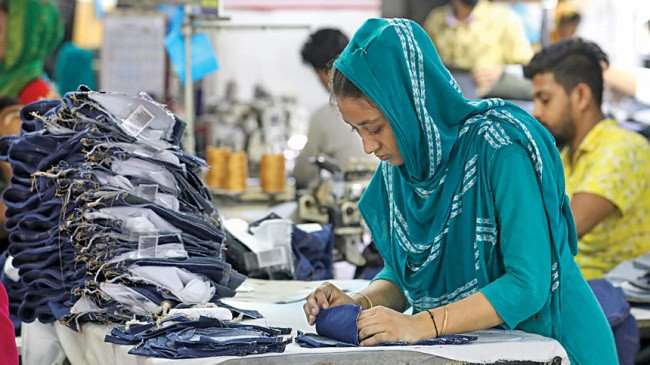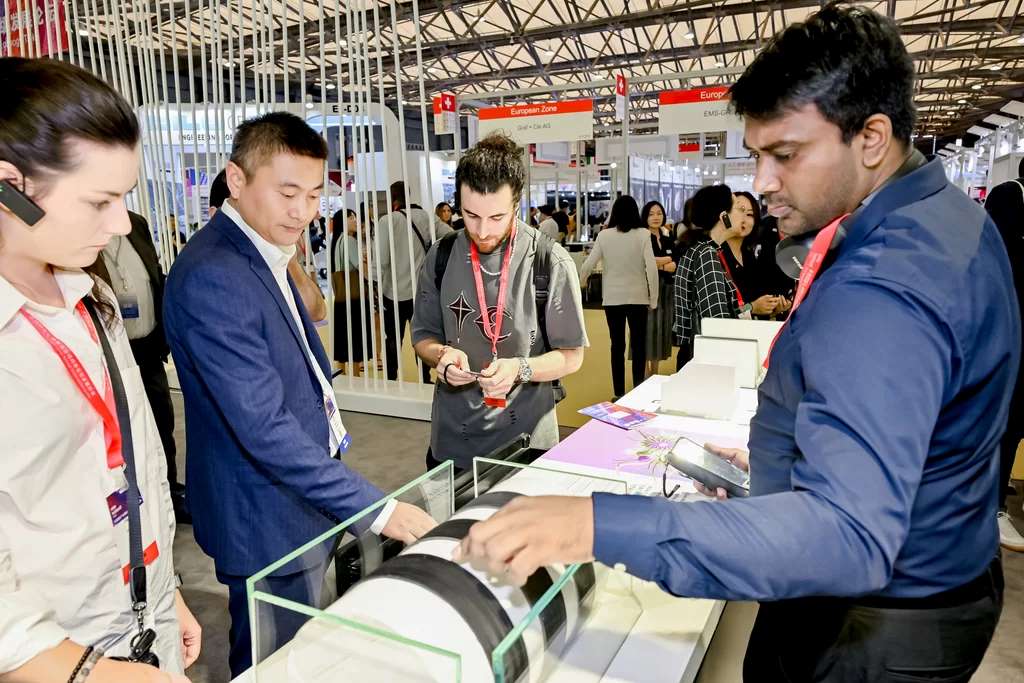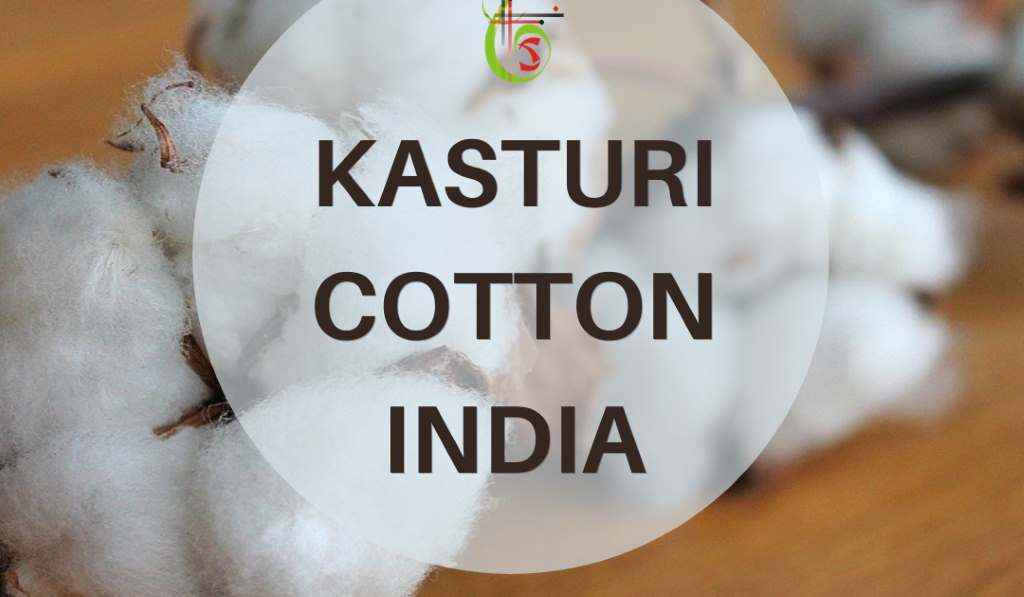FW
A Hong Kong team has developed a self-cleaning cashmere that uses energy from the sun. The technology coats cashmere fibers with tiny particles that help break down bacteria, dirt and even coffee and wine stains. Within 24 hours of daylight exposure, red wine or coffee stains disappeared.
Researchers have applied a coating of the mineral anatase titanium dioxide to cotton and wool since 2002, but this is the first time the technology has been applied to cashmere, a fabric that is very expensive to clean. Retaining the softness of the fabric and also preventing damage to the delicate fibers from the oxidisation process was a huge challenge.
If commercialised, the process could lead to substantial savings on energy, water, washing liquids and dry cleaning chemicals. The price of the treatment would only increase the cost of production by one per cent or so. Washing and dry-cleaning do not remove the coating from the fibers. Anatase titanium dioxide is not on the list of materials restricted by the US.
However, questions remain. Sunlight is not available 24 hours a day. Direct sunlight may not always be available. Whether diffused sunlight will work is uncertain. There’s also a doubt whether sunlight would discolor the fabric.
Ethiopia is hoping to become a major African hub for apparel manufacture. Since last year, the Ethiopian institute and the National Institute of Fashion Technology in India have been providing training to professionals. Nearly 1,360 professionals have received training this year alone.
Textile and garment factories, some of which have a capacity to create up to 7,000 jobs, are being established in Ethiopia. Currently, there are more than 130 giant textile and garment industries in Ethiopia and some 37 of the industries are owned by foreigners. International British and Swedish clothing brands like Tesco and Hennes and Mauritz are in the process of setting up an outsourcing base in Ethiopia.
Ethiopia began industrial production less than a century ago. It exported textiles and apparel worth $92.02 million in the first 10 months of the current fiscal. Products were exported to Germany, Turkey, China, Italy and the United States. Ethiopia is fast becoming a rising star for sourcing garments. It is the fifth fastest growing economy in Africa. It’s the third highest in the world for public investment. The government has set a target of reaching a billion dollars in textile exports by 2016. The US accounts for 40 per cent of Ethiopia’s textile and garment exports.
Garment factories in Cambodia are finally starting to ensure a basic conditions for their workers. This was made possible after they were publicly highlighted and had no choice but to clean up their act in areas like: payments for sick leave, wage deductions and safety issues. Eventually, the database, which makes public the names of the worst-performing factories for the first time since 2005, will cover nearly 500 factories across the country.
Also added to the database are labor unions that carry out illegal strikes. Stringent conditions have been imposed on unions for calling a strike. Recent negative publicity surrounding the country’s $5 billion garment sector, which employs about half a million Cambodians, has reduced the number of orders coming in from global brands. So, Cambodian companies have no option but to strictly adhere to compliance issues.
Since the 1990s, Cambodia’s garment industry has established itself as central to the nation’s economy. The garment industry is concentrated in and around the capital city, Phnom Penh, with a smaller number of factories scattered throughout the provinces.
An estimated 85 per cent of garment factories are foreign controlled, mostly by Chinese, Taiwanese, Singaporean and Malaysian investors, who moved to the country to take advantage of the low-cost labor market and the country’s quota-free access to US and EU markets.
How soon Bangladesh will get back its GSP benefit in the US market is uncertain. The US is apparently not satisfied with the progress made by Bangladesh in ensuring workers’ rights and safety issues in the apparel sector. In June 2013, the US suspended Generalized System of Preferences (GSP) trade benefits for Bangladesh. It provided the government of Bangladesh with an action plan which the country would have to implement to get back GSP trade benefits. However, the US says that Bangladesh has not yet implemented substantial parts of the action plan.
It says Bangladesh is behind schedule to carry out hundreds of critical safety inspections in garment factories, as well as meeting its commitments to hire additional inspectors. It says the government has been slow to respond to continuing reports of harassment and violence against labor activists.
However, progress in some areas has taken place. More than 100 new unions have been registered since June, 2013. Criminal charges against labor activists have been dropped. The government is cooperating with Accord and Alliance as part of the plan to inspect garment factories and production in about 20 factories has been suspended due to structural flaws.
In 2012, top GSP imports to the US from Bangladesh included tobacco, sports equipment, porcelain china, and plastic products.
Intertextile Pavilion Shenzhen will be held from July 10 to 12, 2014. This is an international trade fair for apparel fabrics and accessories. This edition will have nearly 700 exhibitors from eight countries and regions taking part. A wide range of high-quality fabrics for ladies’ wear, casual wear, shirting and functional wear or sportswear, as well as accessories, will be presented by exhibitors from China, Hong Kong, India, Japan, Korea, Singapore, Taiwan and the UK. There will be a fashion show.
The Taiwan pavilion is making its debut at this year’s fair. It will exhibit mostly knitted and functional fabrics as well as lace and embroideries. Pavilions from India and Korea will also feature. Four domestic pavilions at this year’s fair will feature 150 exhibitors offering man-made products, man-made fibers and silk-like fabrics.
Buyers can also discover the latest fashions and styles in the Trend Forum. Exhibitors’ fabrics and accessories have been used to illustrate the trends for Spring/Summer 2015 in four themes: Smart City, Aesthetic Fantasy, Midnight Palace and Fascinating Tribe. In total, 33 exhibitors have submitted more than 500 fabric and accessories samples. A garment fair will be held alongside, the China International Fashion Brand Fair.
intertextile-pavilion-shenzhen.hk.messefrankfurt.com/
Invista, owner of the Lycra fibre brand and one of the world's largest integrated producers of fibres and polymers has announced a new brand strategy for Lycra fibre. The initiative encompasses an engaging brand positioning, brand architecture and the 'Lycra Moves You' consumer message.
The new brand positioning will be displayed through this new campaign conveying the three key consumer benefits associated with the Lycra fibre brand: freedom, comfort and movement. A new Lycra brand architecture will now have five consumer brands like Lycra brand for comfort, freedom and movement, Lycra Beauty brand for control/shaping, Lycra Sport brand for physical/sport, Lycra Xtra Life brand for garment resilience/durability and Lycra Energize for wellbeing/ wellness that will clearly communicate consumer benefits. In India, Invista will focus only on Lycra brand for comfort, freedom and movement at the consumer level.
To support the new brand message, Lycra has also come out with a global brand manifesto which portrays beautifully how the Lycra brand is set to move the world all over again physically, emotionally and creatively. The new brand positioning and brand architecture are born out of consumer-centric research, as well as trade insights. Global qualitative and quantitative research, as well as social listening was carried out in eight markets to understand what the Lycra fibre brand currently means to consumers and how they interpret the functional attributes of the brand across apparel garment categories.
Premiere Vision Pluriel, to be held from September 16 to 18, 2014 at the Parc d'Expositions de Paris Nord – Villepinte will have six shows packed with several activities providing the most comprehensive and creative offer in the industry. This year, for the first time since its inception in 2005 and following the acquisition of Cuir a Paris announced last February, and Zoom in September 2013, Première Vision Pluriel will be managed entirely by a single organiser: Première Vision.
After having welcomed 63,000 visitors in September 2013, and nearly 62,000 last February, Première Vision is poised once again to demonstrate that it is the leading event for all key international fashion players. Exhibitors like spinners, weavers, accessory makers, design studios, tanners and garment manufacturers would be displaying their latest innovations at the exhibition. Visitors would include buyers, accessory and fashion brand designers and heads of fashion companies.
Around130 new international companies have been chosen to be a part of the six-shows. Overall, after a significant increase in September 2013 with 1,949 exhibitors or over five per cent compared to September 2012, the number of participants for the next edition of the Première Vision Pluriel shows is expected to be stable. The shows include Expofil, Premiere Vision, Knitwear Solutions, Cuir A Paris, Indigo, Modamont and Zoom.
www.premierevision.com
Garment manufacturers in Bangladesh expect labor unrest over payment of wages and Id festival allowances. A large number of factories have been struggling to pay workers their monthly wages and other facilities for a long time. There are about a thousand such factories. Most of these are small and medium-sized and are faced with a shortage of fresh work orders.
Leaders of garment workers have demanded payment of festival allowances and other dues by July 20 to avert any untoward incident. Unrest in the readymade garment industry of Bangladesh has become a common phenomenon in recent years. Reasons include declaration of lay-off or factory closures and termination and curtailment of holidays. Garment workers engage in violent clashes at times on rumors or are so instigated. They may lack proper counseling or have poor relations with management. A kind of mistrust exists between employers and employees.
Other causes of labor unrest are lack of minimum facility and safety, sub-standards living conditions, deferred benefits, coercive role of the law-enforcing agency, too much dependence on buyers, political instability, inhuman workload etc.
When workers go on the rampage and destroy public property and national assets, companies lose working hours and production targets. Export earnings are hampered.
An increasing in demand for short staple wool is forcing woolgrowers to shear their sheep more often. Australian producers visiting China last month realized the impact of casualization in clothing markets, which is driving the demand for short staple wool.
According to, Guo Xin Ya, Vice General Manager of the Open Top Textile Corporation (OTCL), which is 33 per cent owned by Australian wool buyer, says that there is a strong demand for short wool, which means they have to shear their sheep more often, supporting a rising trend among some woolgrowers towards shearing three times in 24 months. While some processors have already taken a lead too meet the demand, competitively-priced, long staple fleece wools is also being cut in half to provide short pieces needed to feed the fashion industry's knitwear machinery. China buys between 70 per cent and 80 per cent of Australia's raw wool output. About half Australia's exports to China are processed and re-exported to Europe, America and Japan, however China is also an increasingly powerful market for woolen clothing.
Casualisation of the apparel market though strong in Asia, it also clearly evident in Europe, North America and Australia, according to Australian Wool Innovation (AWI).
Cariaggi is presented a series of full-bodied and enveloping lightweight yarns at Pitti Filati, the exhibition for fashion textiles and knitwear in Italy. The range includes Nirvana (60 per cent cashmere and 40 per cent silk, worsted), a voluminous yarn that makes those that wear it feel as if they are protected by a warm cloud-like cocoon. Play (100 per cent cashmere, carded), is a next-generation yarn that undergoes a special processing techniques making it possible to obtain a hollow tubular cashmere yarn that is said to be extremely light thanks to the air inside. This yarn can be used for all types of processing, also by hand, and offers plenty of scope for experimentation and creativity.
Bijou (90 per cent cashmere and 10 per cent silk, worsted) is a glamorous yarn with bouclé processing that gives garments a sense of dynamism and is perfectly suited to new color interpretations. The Frisson yarn is further embellished by very fine sequins and the Bouclé Persian-effect cashmere boucle yarn.
The colors for the new collection are soft and delicate yet warm and sensual at the same time – they range from different shades of pink through to natural beiges and more decisive purples and woody browns.
www.cariaggi.it/












